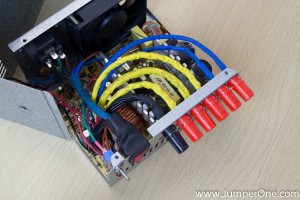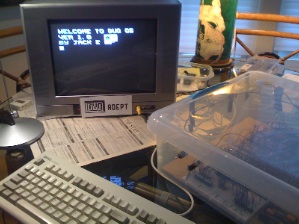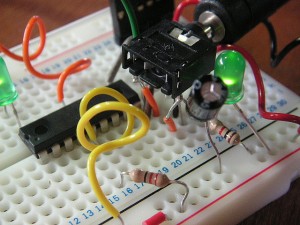 Today, more and more systems go on-line. Just look at the tiny nanode covered earlier. Connectivity makes it easier to monitor remote sensors, implement home automation – as well as providing configuration and data read outs through a web interface.
Today, more and more systems go on-line. Just look at the tiny nanode covered earlier. Connectivity makes it easier to monitor remote sensors, implement home automation – as well as providing configuration and data read outs through a web interface.
When working with an embedded system, TCP/IP networking can feel intimidating. When working with FreeRTOS, however, it is easy to get started with an IP stack. You can even choose from two IP stacks – FreeTCPIP (based on uIP) and lwIP.





